Bi-Directional Loop Antenna Array Using Magic Cube Origami
Abstract
1. Introduction
2. Antenna Array Design
3. Fabrication and Measurement
- Two of the same 141 mm × 141 mm sheets of Kapton film, named P-I and P-II, were chosen as illustrated in Figure 5a.
- Dividing Sheet P-I into sections AA', BB', CC', DD', EE', FF’, and GG’, as shown in Figure 5b-left. Subdivisions of P-II into JJ', KK', LL’, MM', NN', OO', and PP’ as shown in Figure 5b-right. P-Ⅰ sheet is folded along AA’ and unfolded across AA', it was divided into two right triangles, as shown in Figure 5c.
- Folding along CC', then BB', FF', and EE', consecutively, produced hexagonal geometry with 4 shorter sides (AB, AE, A'B', A'E'), as shown in Figure 5d–g.
- P-Ⅰ was separated into 3 segments comprising, as shown in Figure 5h.
- Upper pentagonal section (A'B'T'TE'),
- Middle square segment (TT'S'S),
- Lower pentagonal section (ABS'SE)
then folding along SS', the lower pentagonal section ABS'SE was folded in the direction of the middle square section TT'S'S, thus the sheet was converted into pentagonal geometry. - Folding EABS' along TS' in the direction of ESS', as shown in Figure 5i.
- Folding section TE'A'B'T' downward along TT', as shown in Figure 5j.
- Folding section TE'A'B' along TB' in the direction of TTB', as shown in Figure 5k.
4. Conclusions
Author Contributions
Funding
Conflicts of Interest
References
- Lee, S.-J.; Yoon, W.-S.; Han, S.-M. Planar Directional Beam Antenna Design for Beam Switching System Applications. J. Electromagn. Eng. Sci. 2017, 17, 14–19. [Google Scholar] [CrossRef]
- Yoon, S.J.; Choi, J. A Low-Profile Broadband Array Antenna for Home Repeater Applications. J. Electromagn. Eng. Sci. 2018, 18, 261–266. [Google Scholar] [CrossRef]
- Phongcharoenpanich, C.; Sroysuwan, T.; Wounchum, P.; Kosulvit, S.; Krairiksh, M. An array of a probe excited circular ring radiating bidirectional pattern. IEEE Antennas Propag. Soc. Int. Symp. 2002, 2, 292–295. [Google Scholar]
- Fukusako, T.; Ogata, Y. A Design of Bi-Directional and Low-Profile Antenna Using Microstrip Element. In Proceedings of the 2016 6th IEEE-APS Topical Conference on Antennas and Propagation in Wireless Communications (APWC 2016), Cairns, Australia, 19–23 September 2016; pp. 89–90. [Google Scholar]
- Huang, J.; Densmore, A. Microstrip Yagi Array Antenna for Mobile Satellite Vehicle Application. IEEE Trans. Antennas Propag. 1991, 39, 1024–1030. [Google Scholar] [CrossRef]
- Iwasaki, H. Slot-coupled back-to-back microstrip antenna with an omni- or a bi-directional radiation pattern. IEE Proc. Microw. Antennas Propag. 1999, 146, 219–223. [Google Scholar] [CrossRef]
- Alam, M.M. Microstrip antenna array with four port butler matrix for switched beam base station application. In Proceedings of the 2009 12th International Conference on Computers and Information Technology, Dhaka, Bangladesh, 21–23 December 2009; pp. 531–536. [Google Scholar]
- Ye, M.; Li, X.R.; Chu, Q.X. Single-Layer Single-Fed Endfire Antenna with Bidirectional Circularly Polarized Radiation of the Same Sense. IEEE Antennas Wirel. Propag. Lett. 2017, 16, 621–624. [Google Scholar] [CrossRef]
- Ryan, L.H.; Danielle, T.L. Origami acoustics: Using principles of folding structural acoustics for simple and large focusing of sound energy. Smart Mater. Struct. 2016, 25, 85031. [Google Scholar]
- Felton, S.; Tolley, M.; Demaine, E.; Rus, D.; Wood, R. A Methodfor Building Self-Folding Machines. Science 2014, 345, 644. [Google Scholar] [CrossRef] [PubMed]
- Hanna, B.H.; Lund, J.M.; Lang, R.J.; Magleby, S.P.; Howell, L.L. Waterbomb base: A symmetric single-vertex bistable origami mechanism. Smart Mater. Struct. 2014, 23, 094009. [Google Scholar] [CrossRef]
- Shah, S.I.H.; Tentzeris, M.M.; Lim, S. A Deployable Quasi-Yagi Monopole Antenna Using Three Origami Magic Spiral Cubes. IEEE Antennas Wirel. Propag. Lett. 2019, 18, 147–151. [Google Scholar] [CrossRef]
- Shah, S.I.H.; Lim, S. Transformation from a single antenna to a series array using push/pull origami. Sensors 2017, 17, 1968. [Google Scholar] [CrossRef] [PubMed]
- Shen, Y.; Pang, Y.; Wang, J.; Ma, H.; Pei, Z.; Qu, S. Origami-inspired metamaterial absorbers for improving the larger-incident angle absorption. J. Phys. D. Appl. Phys. 2015, 48, 445008. [Google Scholar] [CrossRef]
- Shah, S.I.H.; Lim, S. A dual band frequency reconfigurable origami magic cube antenna for wireless sensor network applications. Sensors 2017, 17, 2675. [Google Scholar] [CrossRef] [PubMed]
- Liu, X.; Zekios, C.L.; Georgakopoulos, S.V. Analysis of a Packable and Tunable Origami Multi-Radii Helical Antenna. IEEE Access 2019, 7, 13003–13014. [Google Scholar] [CrossRef]
- Yao, S.; Liu, X.; Georgakopoulos, S.V. A mode reconfigurable Nojima origami antenna. In Proceedings of the 2015 IEEE International Symposium on Antennas and Propagation & USNC/URSI National Radio Science Meeting, Vancouver, BC, Canada, 19–24 July 2015; pp. 2237–2238. [Google Scholar]
- Liu, X.; Yao, S.; Georgakopoulos, S.V. Mode reconfigurable bistable spiral antenna based on kresling origami. In Proceedings of the 2017 IEEE International Symposium on Antennas and Propagation & USNC/URSI National Radio Science Meeting, San Diego, CA, USA, 9–14 July 2017; pp. 413–414. [Google Scholar]
- Gosalia, K.; Humayun, M.S.; Lazzi, G. Impedance matching and implementation of planar space-filling dipoles as intraocular implanted antennas in a retinal prosthesis. IEEE Trans. Antennas Propag. 2005, 53, 2365–2373. [Google Scholar] [CrossRef]
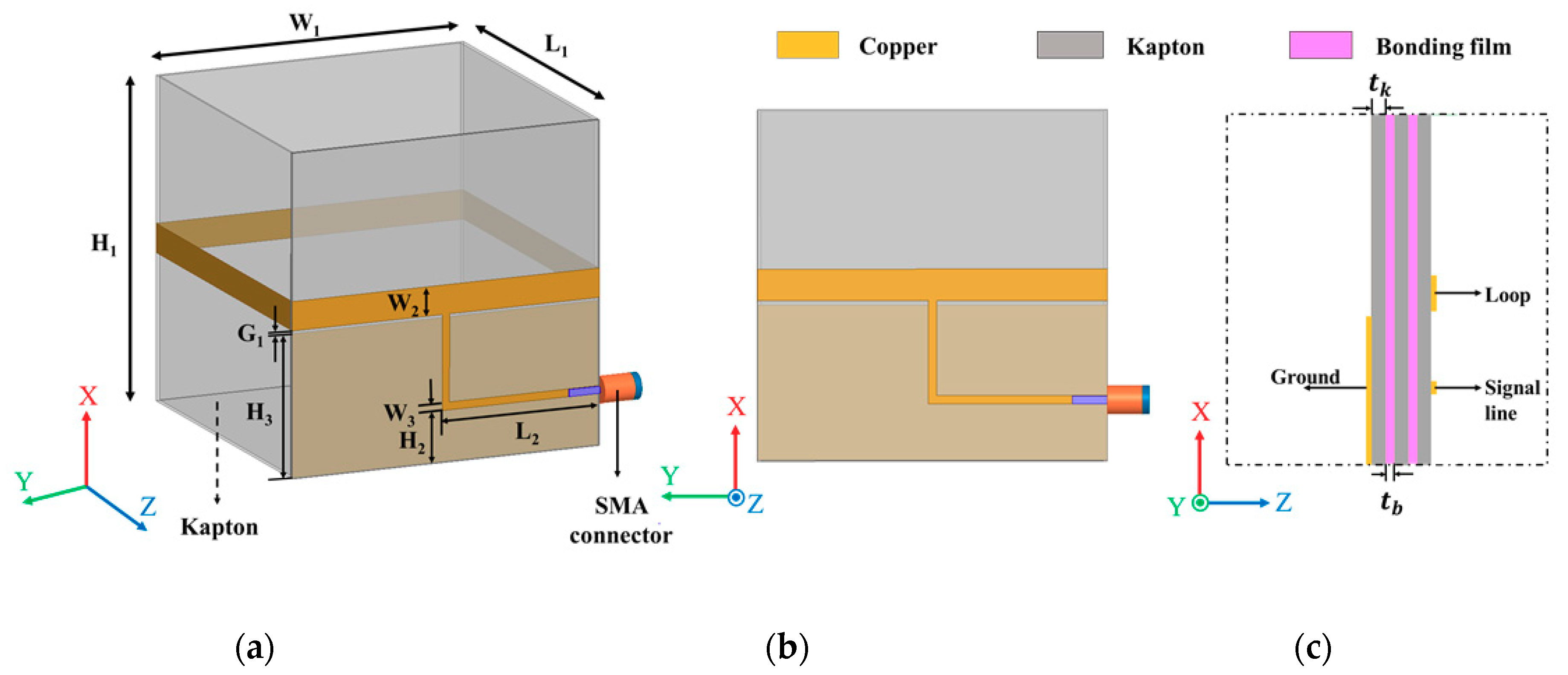
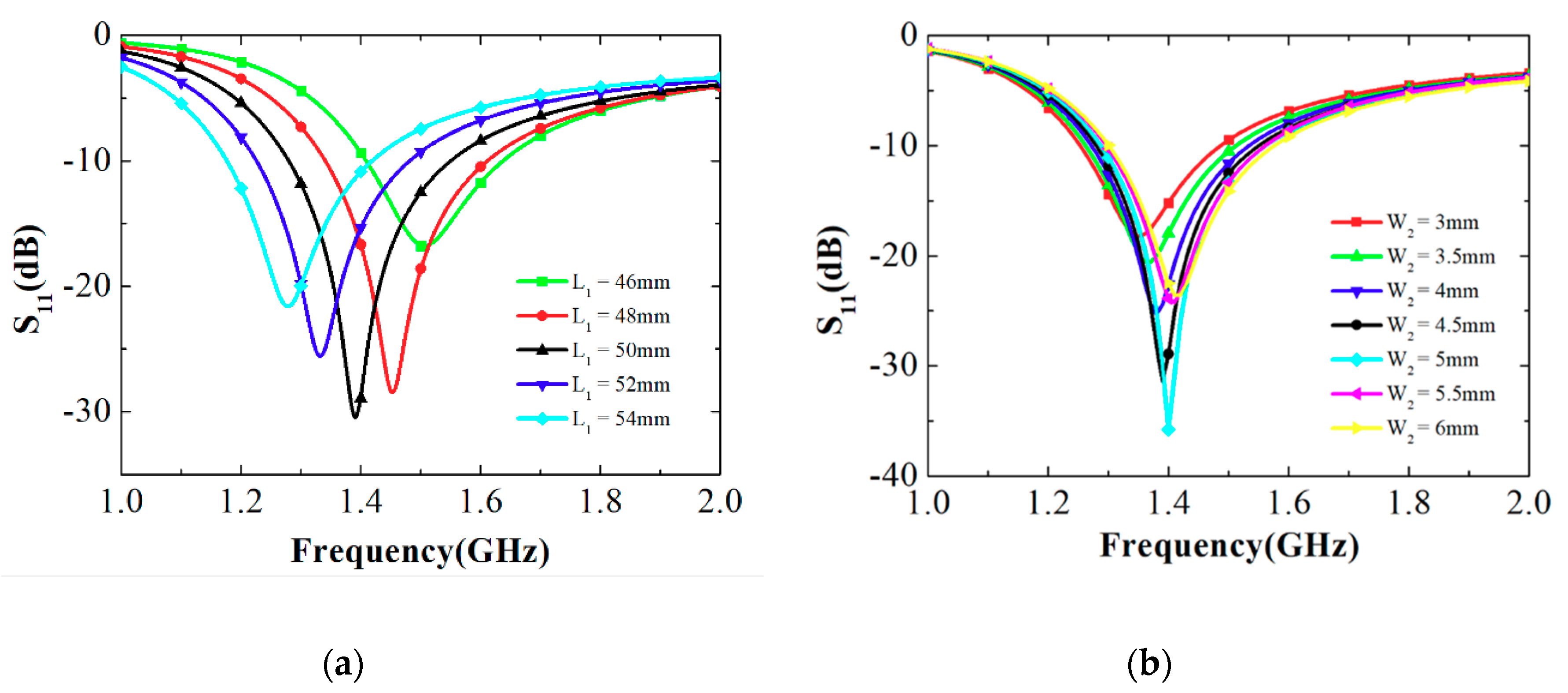
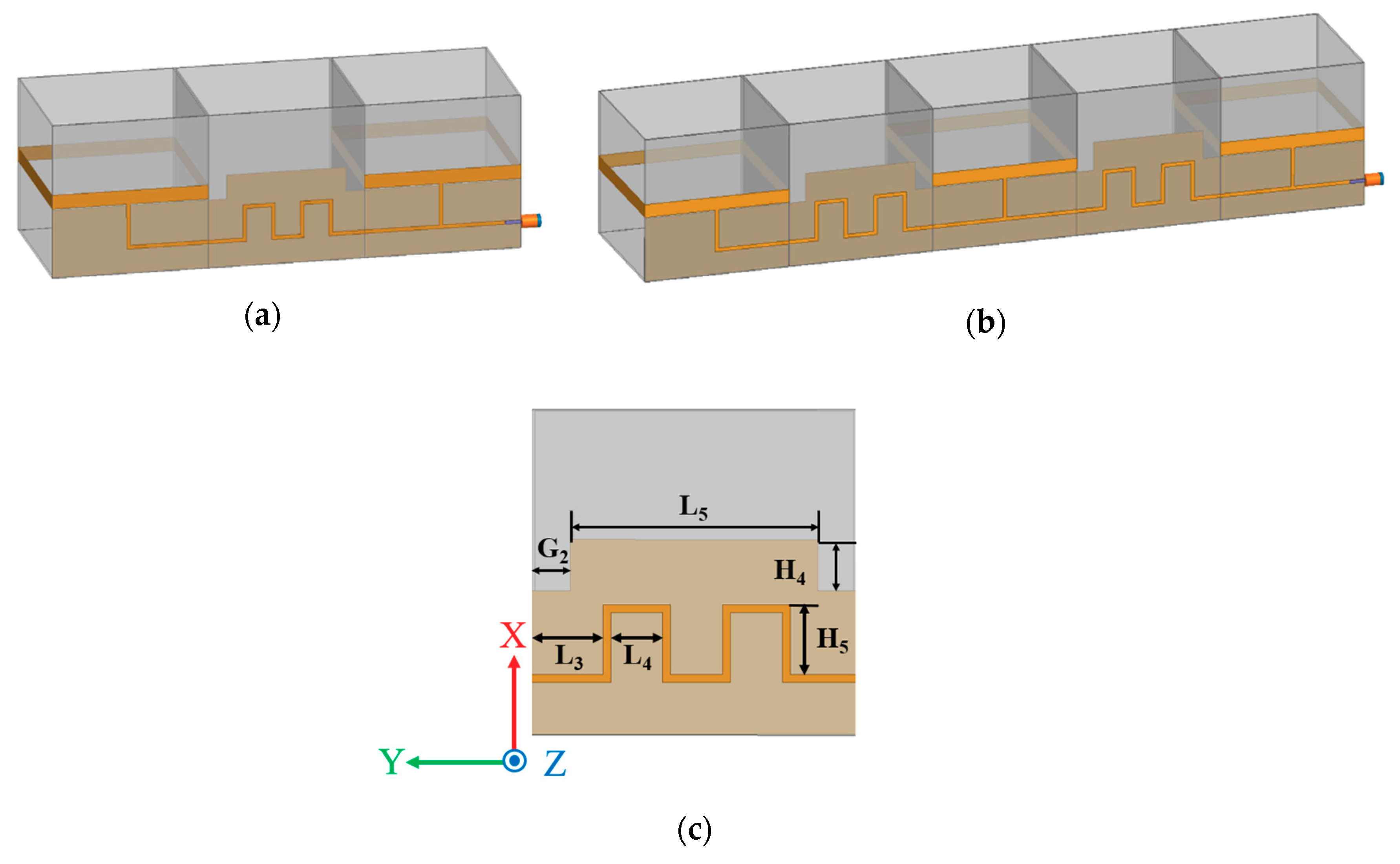
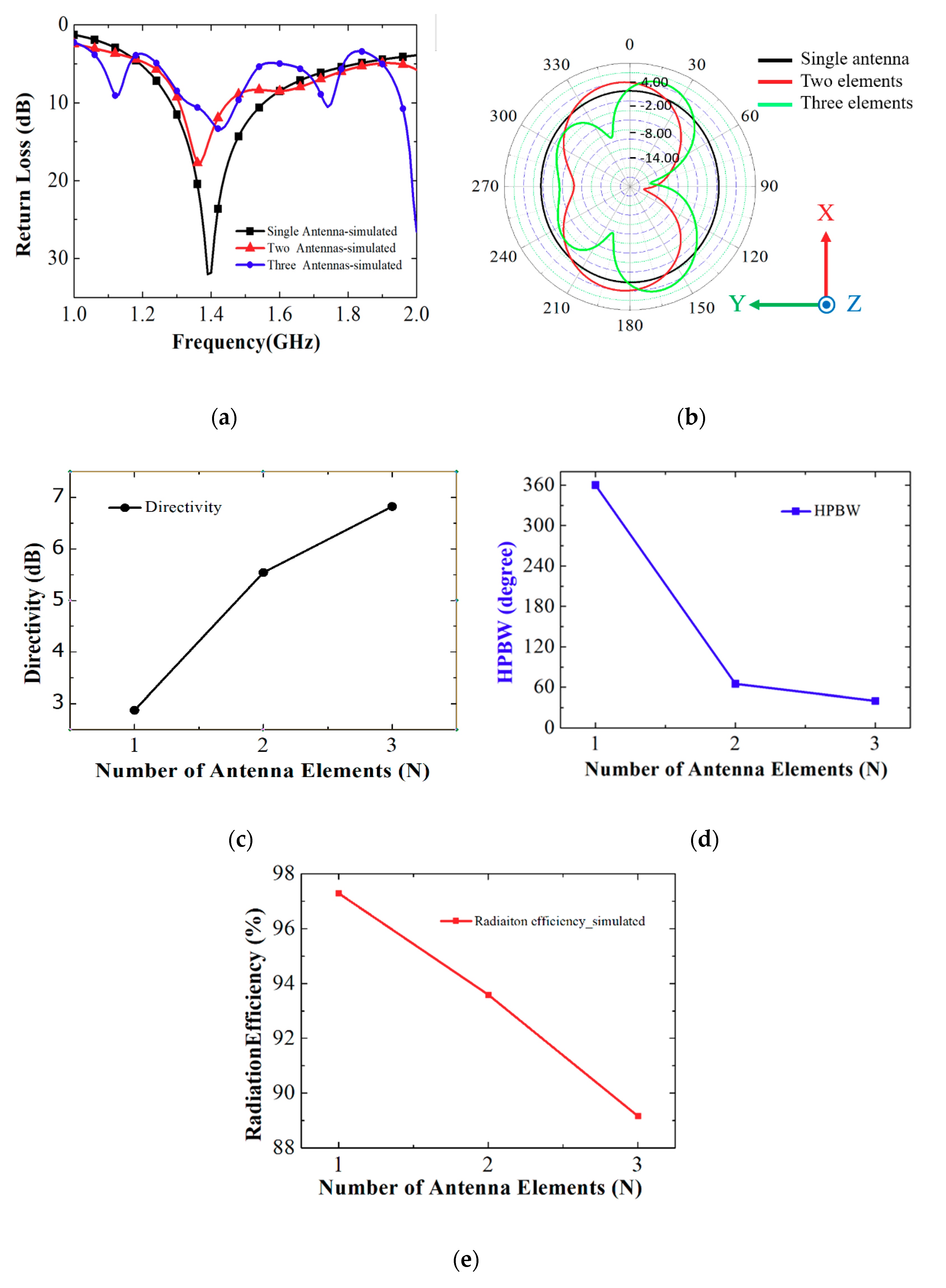
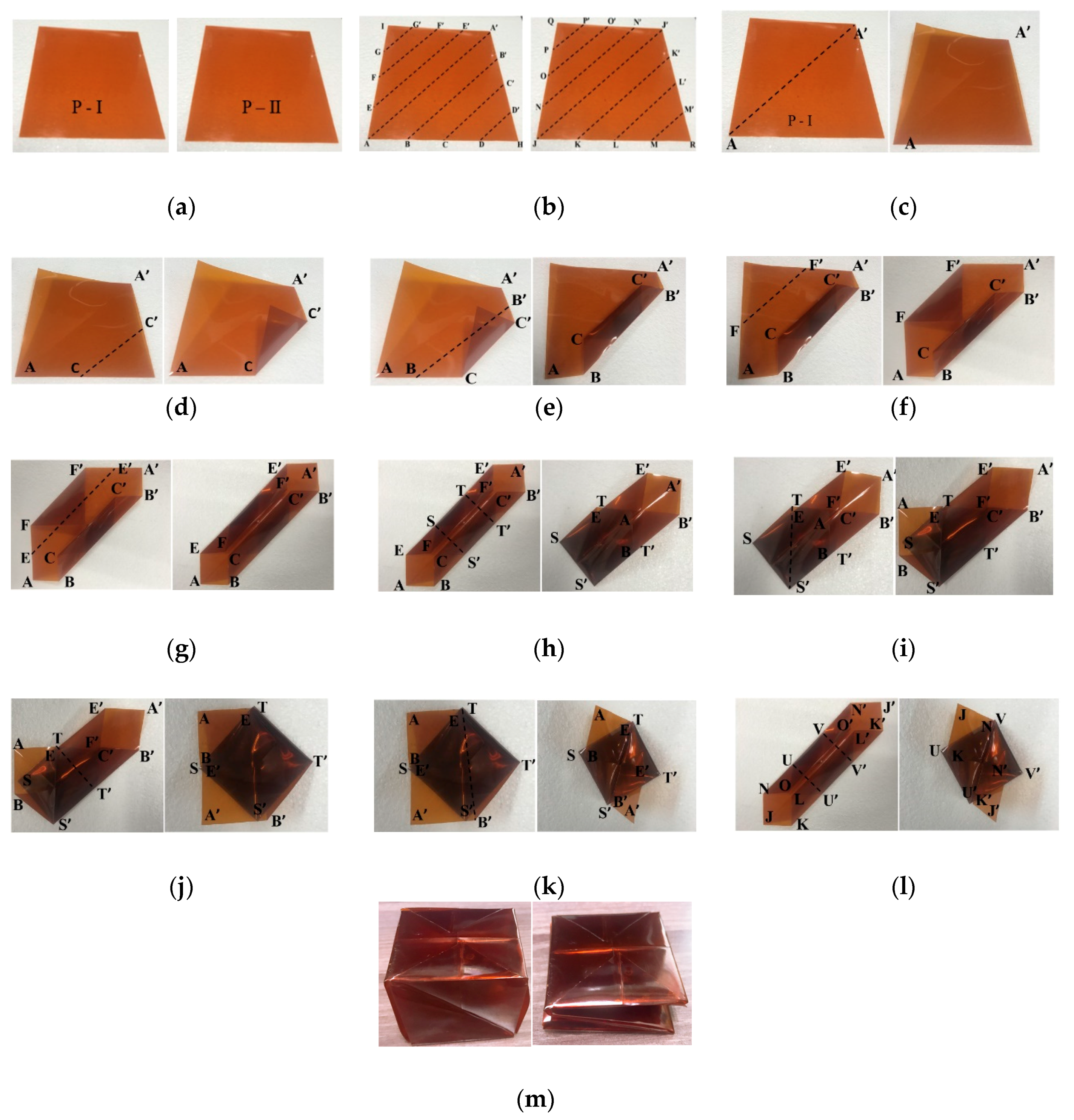

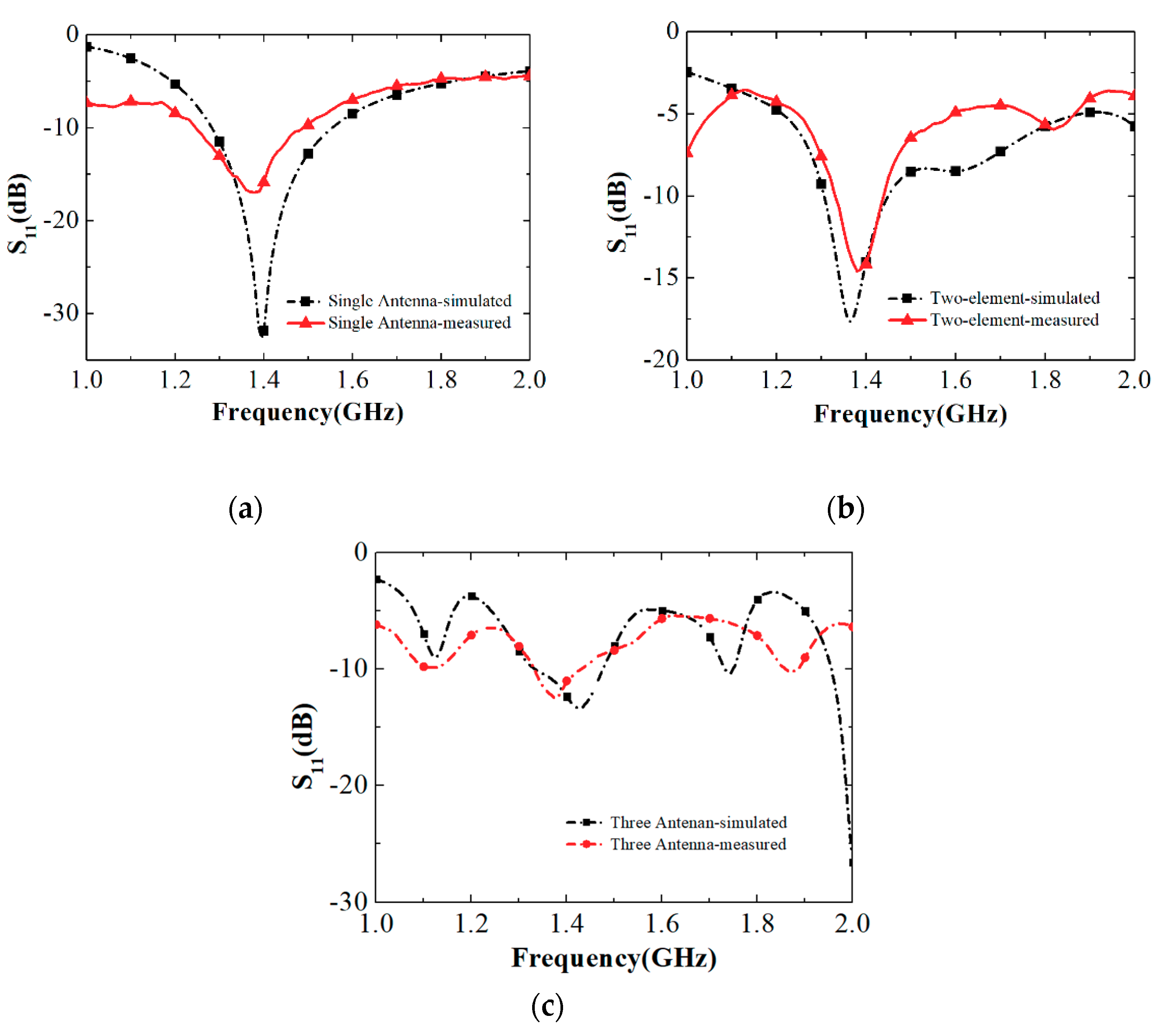
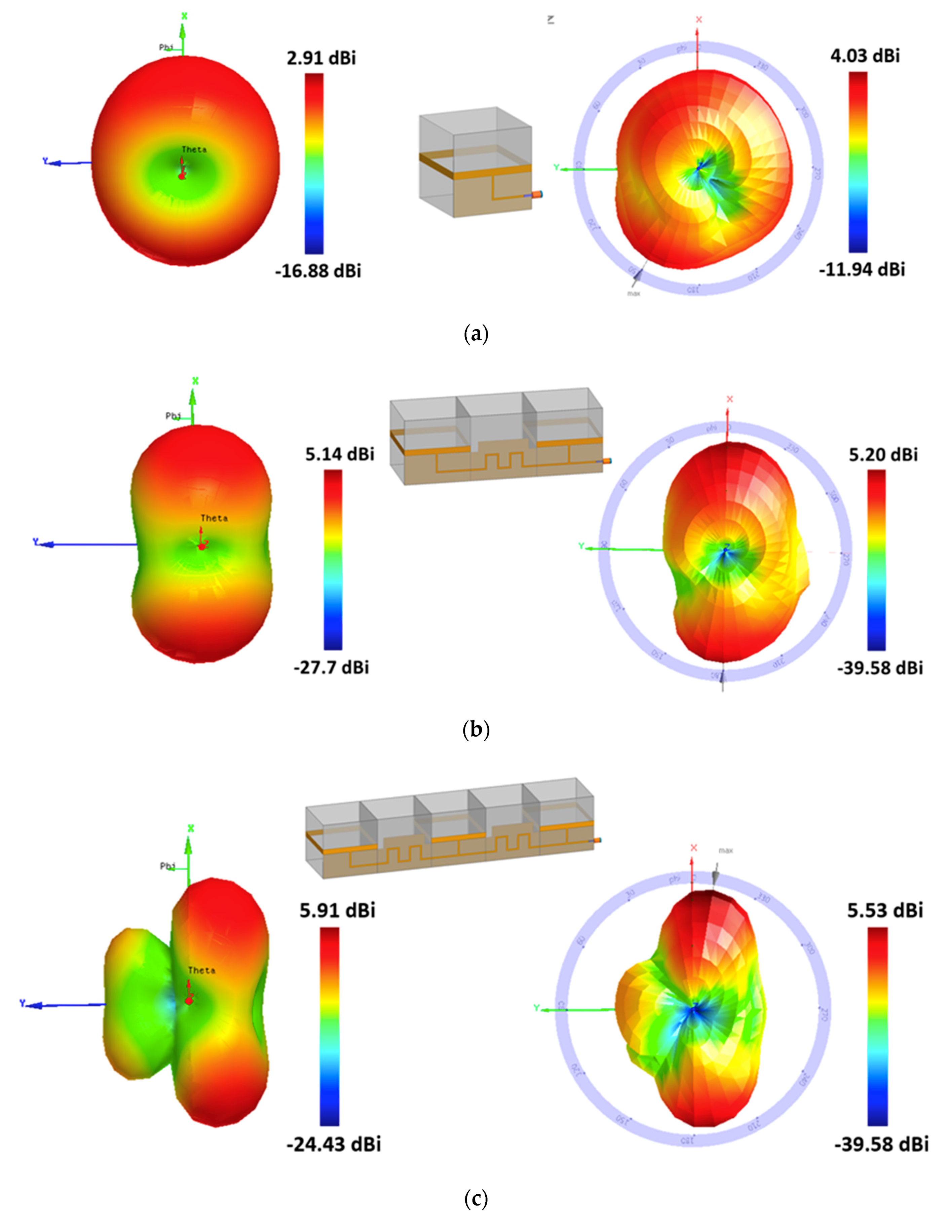
© 2019 by the authors. Licensee MDPI, Basel, Switzerland. This article is an open access article distributed under the terms and conditions of the Creative Commons Attribution (CC BY) license (http://creativecommons.org/licenses/by/4.0/).
Share and Cite
Xu, Y.; Kim, Y.; Tentzeris, M.M.; Lim, S. Bi-Directional Loop Antenna Array Using Magic Cube Origami. Sensors 2019, 19, 3911. https://doi.org/10.3390/s19183911
Xu Y, Kim Y, Tentzeris MM, Lim S. Bi-Directional Loop Antenna Array Using Magic Cube Origami. Sensors. 2019; 19(18):3911. https://doi.org/10.3390/s19183911
Chicago/Turabian StyleXu, Ying, Yeonju Kim, Manos M. Tentzeris, and Sungjoon Lim. 2019. "Bi-Directional Loop Antenna Array Using Magic Cube Origami" Sensors 19, no. 18: 3911. https://doi.org/10.3390/s19183911
APA StyleXu, Y., Kim, Y., Tentzeris, M. M., & Lim, S. (2019). Bi-Directional Loop Antenna Array Using Magic Cube Origami. Sensors, 19(18), 3911. https://doi.org/10.3390/s19183911






